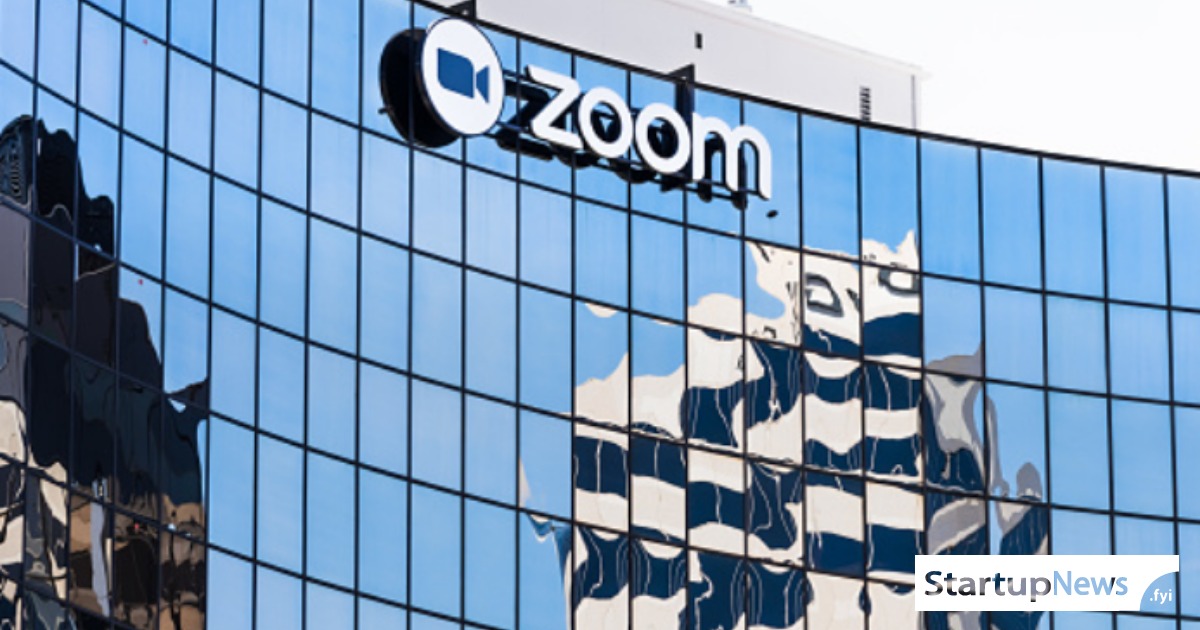In a significant shift marking the end of an era, Zoom, the tech company that saw unprecedented growth during the COVID-19 pandemic. As of now, it is now requiring all employees within a 50-mile radius of a company office to return to the workplace. The move comes as the company aims to embrace a structured hybrid approach. With employees expected to be onsite at least two days a week for team interactions.
Throughout the pandemic, Zoom emerged as a leader in the remote work trend, with its video conferencing service. It also becomes an essential means of communication for millions of employees worldwide forced to work from home. The company’s shares soared dramatically, experiencing a six-fold increase in 2020. However, as the world began to navigate the post-pandemic landscape, Zoom’s stock witnessed a sharp decline, resulting in a loss of at least $100 billion in market value.
Zoom’s decision to bring employees back to the office reflects the changing dynamics as people have started returning to their workplaces across the country, reducing their reliance on video communication tools. At the beginning of 2022, only 2% of Zoom’s workforce worked on-site.
Headquartered in San Jose, California, Zoom also has a United States office in Denver, Colorado. And several international locations, employing over 8,400 people globally. Despite the return to the office. Zoom remains committed to leveraging its own technologies to foster employee connectivity and support its diverse customer base worldwide.
The hybrid model adopted by Zoom allows for a balance. Between in-person collaboration and remote work, acknowledging the benefits of both approaches. By fostering face-to-face interactions, the company aims to enhance team dynamics. While continuing to harness its video conferencing platform for efficient communication across dispersed teams.
The transition back to the office marks a pivotal moment for Zoom, which navigated unprecedented growth and challenges throughout the pandemic. With this structured hybrid approach, the company seeks to maintain its leadership position. In the evolving landscape of remote work while embracing the advantages of physical workplace interactions.

